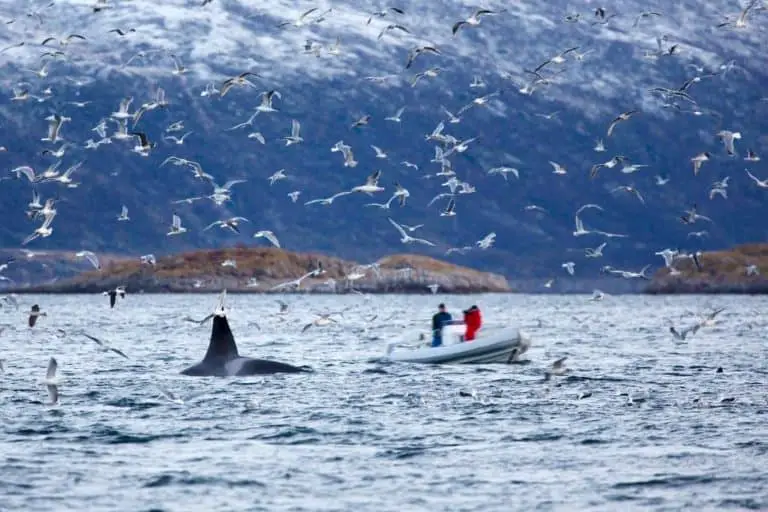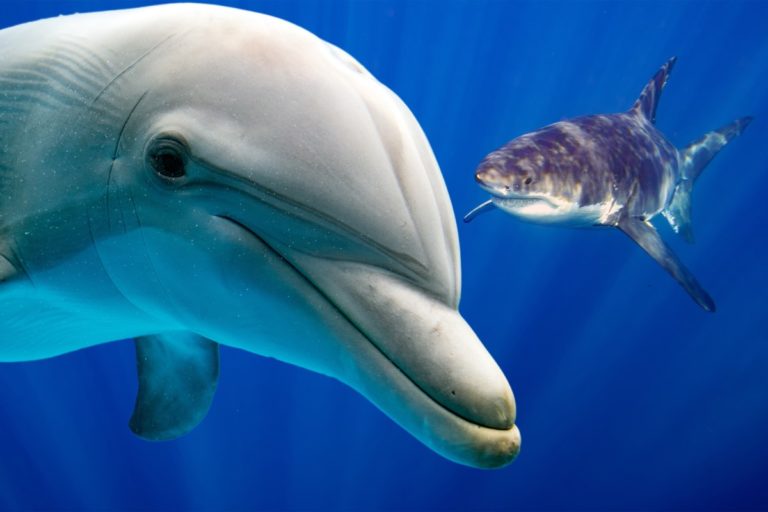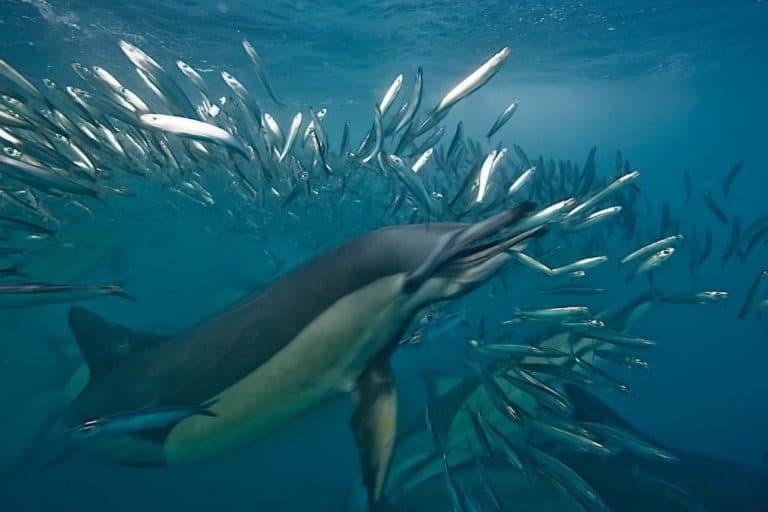Do Dolphins Eat Jellyfish? Get the Facts!
Jellyfish have a terrible reputation for being the villains in most cases. Humans fear them because their sting can cause so much pain and discomfort.
They are obstructive to fishing nets; they block out our view of the ocean with their ominous presence. Many species have been rising as ocean inhabitants from pollution from agricultural runoff.
However, it turns out they might not actually be the bad guys. There is evidence that, instead, jellyfish are the victims of dolphins’ appetite for them!
There have been many studies done on this topic. They show that certain groups of dolphins who feed on fish and squid also regularly feast on the large jellyfish populations in their area.
In specific locations, dolphins have been seen hunting jellyfish that have been badly affected by the increasing numbers.
[In other words, when a population of marine mammals who primarily eat fish and squid reduces their intake of those animals to consume more jellyfish instead, the number of jellyfish often rises.]
Since many dolphins eat fish and squid, this is a significant find.
It is still unknown why dolphins would replace their primary food sources with less nutritious jellyfish.
It may be that certain species of dolphins travel into areas where jellyfish are abundant as a regular part of their migratory patterns and feed on them as they go.
In other cases, intense jellyfish blooms may force dolphins into new areas less populated by their regular prey and provide a more plentiful food source in the form of jellyfish.
By studying these animals’ dietary habits, we might learn more about why jellyfish populations have been on the rise as of late and possibly find a way to regulate them for the benefit of other sea life.
What kind of jellyfish do dolphins eat?
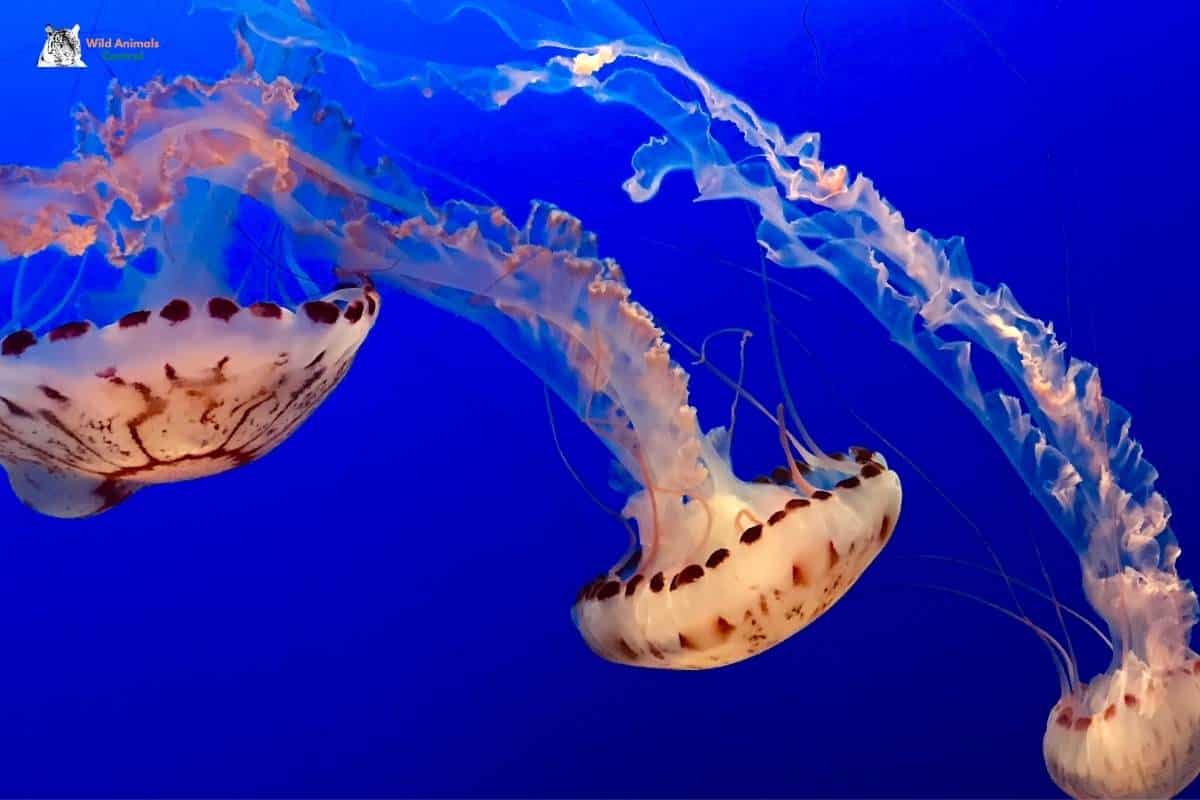
Many different species of dolphins across the globe have been observed feasting on jellyfish. While some prefer certain types over others, it seems that most, if not all, species eat a variety of jellyfish.
Jellyfish and other gelatinous plankton such as comb jellies can be difficult for predators to digest because they contain little to no nutritional value.
Comb jellies are similar to jellyfish but have long rows of slender, hairlike cilia with sticky cells on the ends that help them keep their shape and move through the water.
They also prey on jellyfish with the use of stinging cells called nematocysts.
Some species of jellyfish have a defense mechanism called a nematocyst that is used for self-defense.
Ingesting these cells can be harmful to predators as they might not correctly digest the cell and absorb its potency through their digestive system, causing adverse effects such as vomiting.
In addition to comb jellies, some species of jellyfish contain high levels of toxins.
There is evidence that some dolphins eat both types of jellyfish, which can handle ingesting these cells and substances with no harm.
Jellyfish blooms seem to be more frequent in recent years, creating a more abundant source of food for dolphins while also harming the health of the marine ecosystem.
By understanding why dolphins prefer to eat jellyfish, scientists might work on ways to reduce the number of jellyfish in the oceans while also addressing the growing problem of harmful blooms.
Do dolphins eat jellyfish to get high?
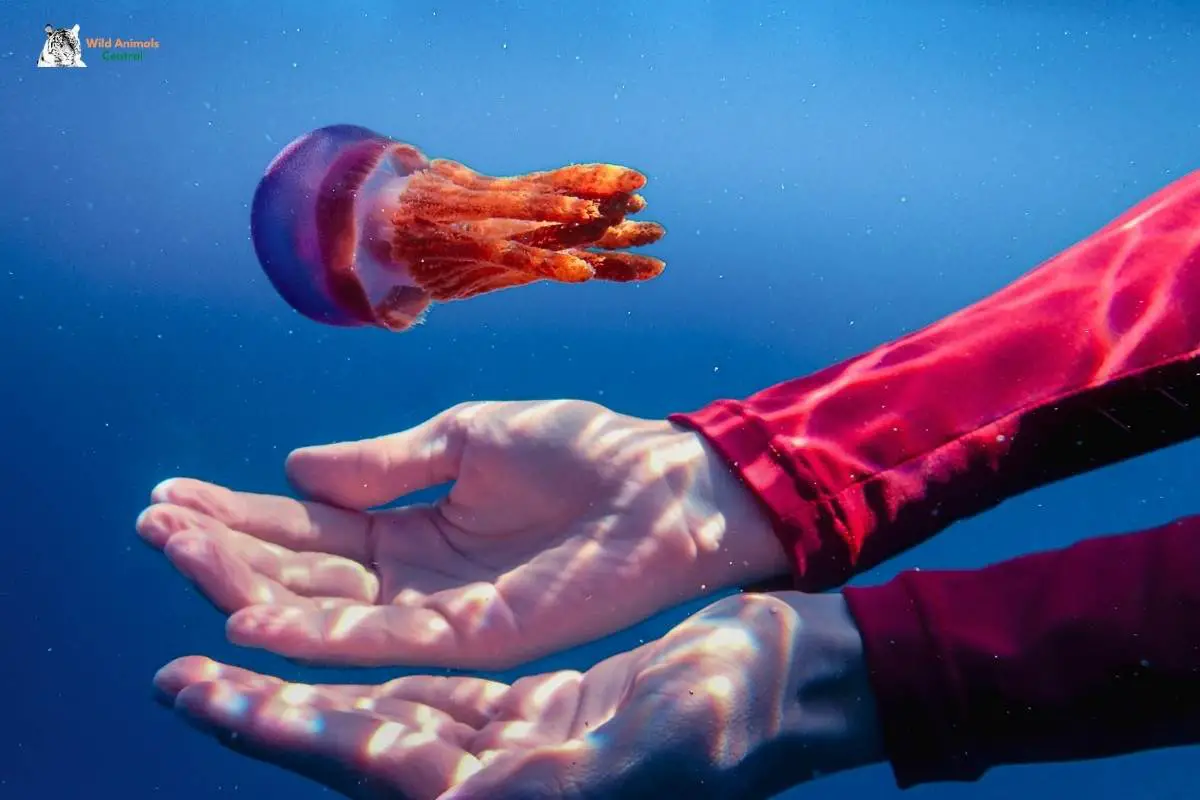
No, that is not true. There have been no scientific studies that indicate dolphins get “high” off of ingesting jellyfish.
There is one situation where ingesting certain species of jellyfish has caused harm to dolphins. When certain species (~2%) of box jellyfish are consumed, it can trigger an allergic reaction.
(similar to a bee sting) that might cause something like asthma or hay fever in some individuals.
Stings from these types of jellyfish can be fatal if left untreated, and some species, such as the sea wasp (Chironex fleckeri), are known to cause rapid death with only a few stings.
As of now, there is no scientific evidence that shows dolphins intentionally ingest these cells for any reason other than sustenance.
Even then, there is no evidence to show that dolphins regularly consume these high toxin jellyfish for any reason other than the fact that they must experience a more diverse diet in some regions due to availability.
Scientific studies have shown dolphins will not purposely seek out or intentionally eat species of jellyfish with toxins and only do so as a result of starvation or necessity.
So do dolphins eat jellyfish?

Yes! Dolphins of many species consume a variety of different kinds of jellyfish.
Research has shown that jellyfish are the central part of the dolphin’s diet in some areas and even make up 100% of their total food intake at certain times.
Evidence shows that when jellyfish populations increase, dolphin populations will likely increase.
According to one study on cetaceans, it was found that dolphins found in open water where jellyfish were more abundant had larger bodies capable of handling increased food intake without showing signs of stress or malnutrition.
There is also evidence that some dolphins species will purposely seek out jellyfish by following the blooms.
This evidence leaves us with more questions than answers for why dolphins will purposely go after high toxin jellyfish or species of jellyfish known to contain toxins or other harmful side effects.
It is possible that, in some cases, more prominent individuals are capable of eating various types of jellyfish without any adverse side effects.
FAQ:
Do dolphins play with jellyfish?
Yes. Dolphins do play with jellyfish on occasion.
Dolphins have been observed playing with jellyfish by themselves and other dolphins.
They’ve been seen slapping with their tails, swimming through them, spinning around in the middle of a gelatinous blob, and even tossing one another around with jellyfish seemingly caught between two animals’ mouths.
Do dolphins eat moon jellyfish?
No, dolphins do not eat moon jellyfish. Moon jellyfish are so named because they have a very noticeable full or quarter moon shape as they swim through the water column. This makes them easy to identify.
Dolphins forage for food by using their echolocation capabilities to hunt, locate, and capture prey. Echolocation is a method of sensing objects through sound waves and is a natural ability for dolphins.
A dolphin’s diet consists mainly of fish, squid, and crustaceans. They sometimes consume other animals, such as birds, turtles, and even garbage.
It is possible that some species of dolphins eat moon jellyfish but only tiny ones and only as a small part of their diets.
Moon jellyfish are often consumed by specific turtles, sunfish, and birds.
It is unclear exactly how much they contribute to the diets of these animals, but it is probably very little if any at all.
